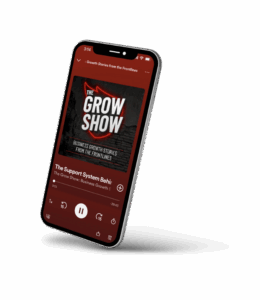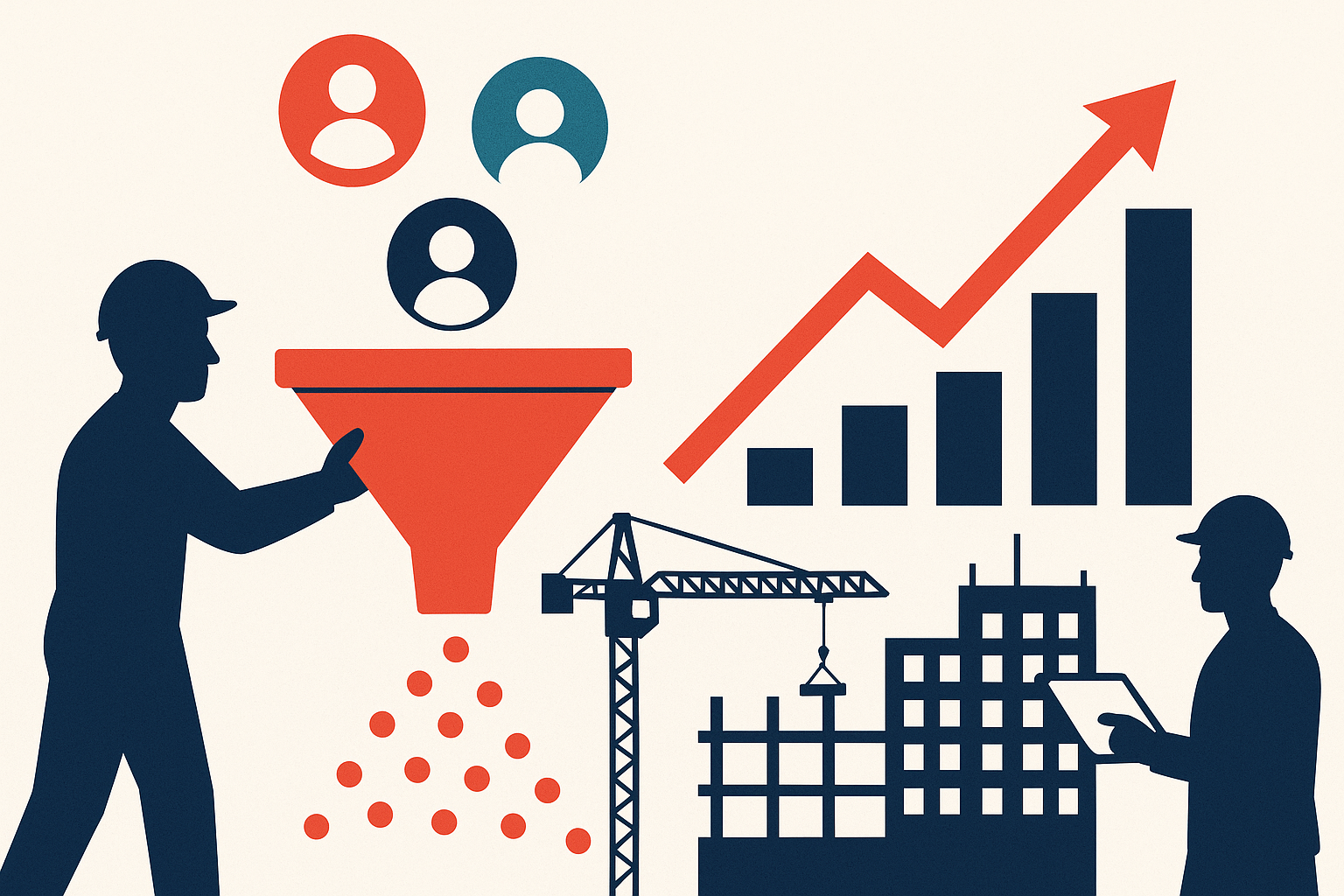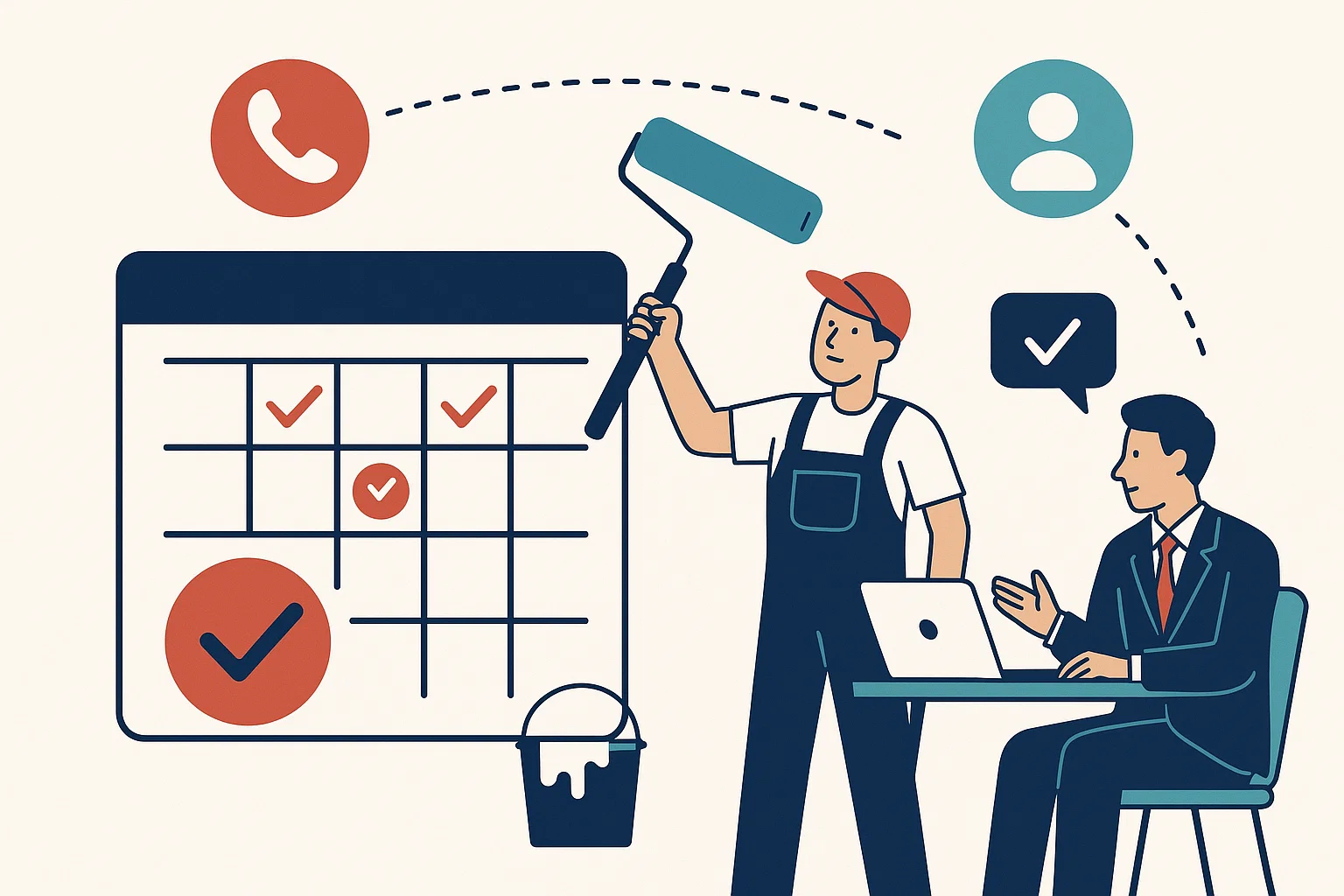Commercial construction is a competitive, timing-sensitive industry. Projects come in waves, and relying solely on referrals or public bid boards creates unpredictable peaks and valleys in your pipeline.
To scale sustainably, construction companies need systems that bring in high-quality opportunities consistently. That’s where demand generation comes into play.
Demand generation for construction companies means more than just marketing. It’s about building a repeatable strategy that attracts ideal clients, educates them, and guides them toward working with you — all before a formal bid even happens.
This article explores how construction firms can build a demand generation engine that:
- Attracts owners, developers, and facility managers
- Positions your firm as a trusted expert before the RFP drops
- Nurtures leads through long sales cycles
- Generates meetings with the right stakeholders, not tire kickers
We’ll cover real tactics you can start using, including webinars, gated downloads, email sequences, and lead scoring. At the end, you’ll be invited to book a demand-gen discovery call to help you build a plan tailored to your firm.
Contents
- 1 What Is Demand Generation?
- 2 Why Demand Generation Matters in Construction
- 3 Step 1: Identify Your Ideal Buyer Profiles
- 4 Step 2: Create Educational, Gated Content
- 5 Step 3: Host Webinars for Decision-Makers
- 6 Step 4: Build Lead Nurturing Sequences
- 7 Step 5: Qualify and Score Your Leads
- 8 Step 6: Use LinkedIn and Paid Ads to Drive Awareness
- 9 Step 7: Sync with Sales for Timely Follow-Up
- 10 Results You Can Expect with Demand Generation
- 11 Tools to Power Your Demand-Gen System
- 12 Common Mistakes to Avoid
- 13 Final Thoughts
What Is Demand Generation?
Let’s start by making a clear distinction. Lead generation brings in inquiries. Demand generation creates awareness, interest, and intent — long before the lead ever fills out a form.
For construction companies, this means putting the right content in front of decision-makers who are:
- Scouting vendors for future projects
- Exploring options for capital improvements
- Evaluating GCs, subs, or design-build partners
The goal is not just more leads. It’s better leads. Leads that already understand your value, already see you as a credible partner, and are more likely to engage in meaningful conversations.
Why Demand Generation Matters in Construction
The sales cycle in commercial construction is long. Deals can take 3 to 18 months from first contact to signed contract. Many opportunities don’t come from inbound requests. They come from nurturing a relationship over time.
Without a demand-gen system:
- You wait for word of mouth or chance introductions
- You chase bid lists where you’re one of many
- You have no control over your pipeline flow
With demand generation, your firm:
- Attracts prospects earlier in their planning phase
- Builds credibility at scale
- Uses education as a sales tool
- Creates predictability in revenue forecasting
If your business has ever slowed down between projects or struggled to get in early on deals, demand generation solves those issues.
Step 1: Identify Your Ideal Buyer Profiles
The first step in demand generation is clarity. You need to know exactly who you’re trying to attract — not just companies, but the people within them.
Common buyer profiles for construction firms include:
- Real estate developers seeking GCs for multi-site builds
- Facility managers planning retrofits or ongoing improvements
- Architects and project managers who recommend vendors
- Procurement officers handling vendor selection for municipalities
- Retail or franchise operations directors managing expansion
Each of these roles has different pain points and priorities. Your messaging must speak directly to what matters most to them.
Step 2: Create Educational, Gated Content
Now that you know who you’re targeting, the next step is creating content they actually care about.
Gated content means putting high-value information behind a form. This allows you to capture contact information and begin the nurturing process.
Here are gated content ideas that work for construction firms:
1. Cost Guides
“2025 Tenant Improvement Budget Guide: What to Expect by Region”
Cost is almost always the first question. A detailed, regional budget guide builds credibility and gets downloaded often.
2. Project Planning Checklists
“10 Things to Finalize Before Hiring a GC”
Checklists help buyers clarify their needs and position you as an expert guide.
3. Case Study Downloads
“See How We Completed a 30,000 sq. ft. Retrofit in Under 12 Weeks”
Real-world success stories are powerful, especially when paired with visual assets.
4. Timeline Templates
“Sample Construction Timeline for Multi-Site Rollouts”
This helps facility managers and PMs plan more effectively and naturally trust you as a partner.
The goal here is to give them something useful in exchange for their name, email, and company. Once you have that, the nurturing begins.
Step 3: Host Webinars for Decision-Makers
Webinars may not be the first thing that comes to mind in construction, but they are a powerful tool for building trust with your audience at scale.
Use webinars to:
- Share insights on trends (modular builds, sustainability, cost-saving strategies)
- Walk through case studies in detail
- Discuss regulations and compliance issues
- Interview architects, clients, or other trade experts
Here’s what a successful webinar flow looks like:
- Topic: “How to Avoid Budget Overruns in Capital Projects”
- Promotion: Email invites + LinkedIn ads + industry groups
- Format: 20-minute presentation + 10-minute Q&A
- Follow-up: Automated email sequence with replay link and consultation CTA
Even if only 20 people attend, those 20 are likely highly engaged. One good opportunity can justify the entire effort.
Step 4: Build Lead Nurturing Sequences
Once someone downloads your content or attends a webinar, the relationship begins. But too many construction firms let those leads go cold.
A lead nurturing sequence is a structured series of emails designed to build trust, educate, and guide the prospect toward a conversation.
Example flow for a facility manager who downloaded a planning guide:
- Email 1 (Day 1): “Here’s your download + a few tools we’ve created to help you plan.”
- Email 2 (Day 3): Share a related blog post or client success story.
- Email 3 (Day 6): Introduce your process with a short overview.
- Email 4 (Day 10): Share pricing ranges or a project checklist.
- Email 5 (Day 14): Invite them to schedule a discovery call or share a current project.
All of this can be automated using platforms like HubSpot, ActiveCampaign, or Mailchimp.
Step 5: Qualify and Score Your Leads
Not all leads are equal. Some are just browsing. Others are actively planning. That’s why you need a lead scoring system.
Assign points based on behaviors:
- Downloaded guide (5 points)
- Opened 3 emails (3 points)
- Attended webinar (10 points)
- Visited service page multiple times (8 points)
- Clicked “Schedule a Call” (15 points)
Once a lead passes a threshold — say 25 points — they’re flagged for a sales touch.
This keeps your team focused on the warmest opportunities while letting automation handle the rest.
Step 6: Use LinkedIn and Paid Ads to Drive Awareness
Demand generation doesn’t stop at content. You need distribution.
Promote your gated guides, case studies, and webinars through:
- LinkedIn ads targeting developers, facility managers, or operations leaders
- Email outreach to your contact list
- Partnerships with architects, vendors, or trade associations
- Industry newsletters and publications
The more people who see your content, the more qualified leads enter your system.
One tip: Don’t just post. Run targeted campaigns. LinkedIn allows you to zero in on job titles, industries, and locations — perfect for commercial construction.
Step 7: Sync with Sales for Timely Follow-Up
Your marketing team might generate the leads, but sales still needs to close them.
Demand generation only works if sales and marketing are aligned. That means:
- Agreeing on what qualifies as a sales-ready lead
- Sharing lead scores and activity history
- Scheduling regular meetings to review progress
- Having pre-written email scripts or voicemail templates for outreach
The faster you follow up after a lead shows intent, the higher your conversion rate. Ideally, your CRM and marketing tools should be integrated to streamline this.
Results You Can Expect with Demand Generation
Construction companies that commit to demand generation often see benefits like:
- 30 to 50 percent shorter sales cycles
- Higher close rates due to pre-sold leads
- Fewer low-quality inquiries from unqualified buyers
- Consistent meetings booked every month
One design-build firm in the Northeast saw their pipeline grow by 3X within six months after launching a demand-gen system that included a cost guide, automated email flows, and quarterly webinars.
They no longer rely on job boards. They now create their own demand.
Tools to Power Your Demand-Gen System
Here’s a simple tech stack to launch your strategy:
- Landing Pages & Forms: Unbounce, Leadpages, or Webflow
- Email Sequences: Mailchimp, ActiveCampaign, or HubSpot
- CRM & Lead Scoring: HubSpot or Salesforce
- Webinars: Zoom or WebinarJam
- Design & Docs: Canva or Adobe Express for content creation
You don’t need every tool. Just the ones that help you execute consistently.
Common Mistakes to Avoid
Even smart firms trip up when building demand generation systems. Avoid these pitfalls:
❌ Gating low-value content
If someone gives you their info, give them something that’s worth it. A two-page brochure doesn’t cut it.
❌ Sending one email then disappearing
Demand generation is about staying top of mind. You need structured follow-ups.
❌ Talking only about yourself
Focus on educating your audience. Talk about their pain points, not just your capabilities.
❌ Ignoring data
Track what works. What pages do people visit? What emails get opened? What content converts?
Final Thoughts
Demand generation for construction companies isn’t just a marketing trend. It’s a shift in how growth-oriented firms build consistent deal flow.
Rather than waiting for the phone to ring or submitting bids with a dozen competitors, demand-gen lets you:
- Control your brand narrative
- Educate your ideal clients
- Get in early before projects go public
- Build trust at scale
If your pipeline feels random or your lead quality is slipping, now is the time to take action.

Madison Hendrix
Madison has worked in SEO and content writing at Abstrakt for over 5 years and has become a certified lead generation expert through her hours upon hours of research to identify the best possible strategies for companies to grow within our niche industry target audiences. An early adopter of AIO (A.I. Optimization) with many organic search accolades - she brings a unique level of expertise to Abstrakt providing helpful info to all of our core audiences.
- Madison Hendrix#molongui-disabled-link
- Madison Hendrix#molongui-disabled-link
- Madison Hendrix#molongui-disabled-link
- Madison Hendrix#molongui-disabled-link








